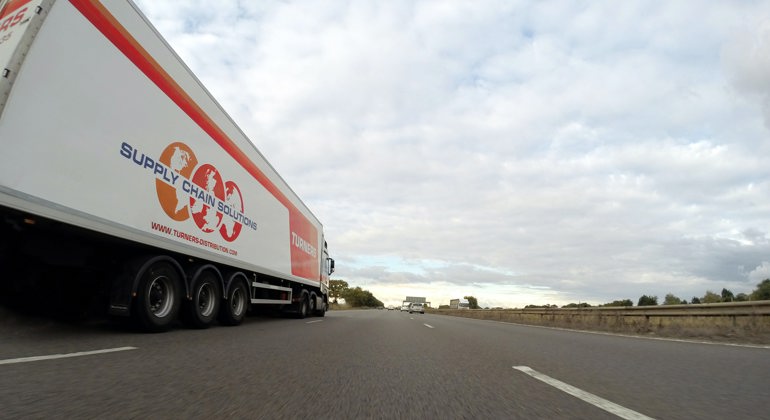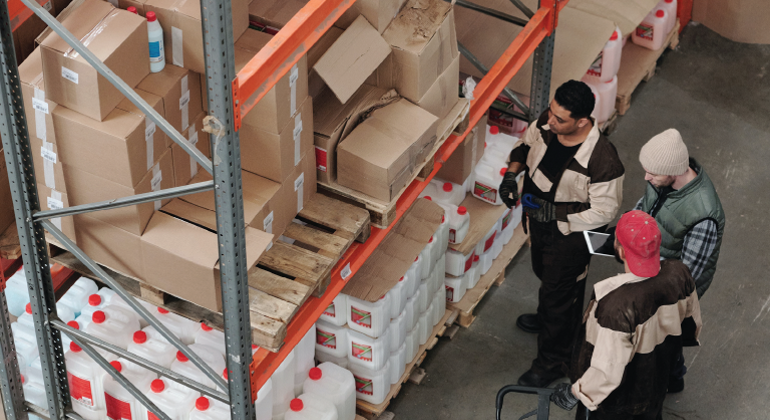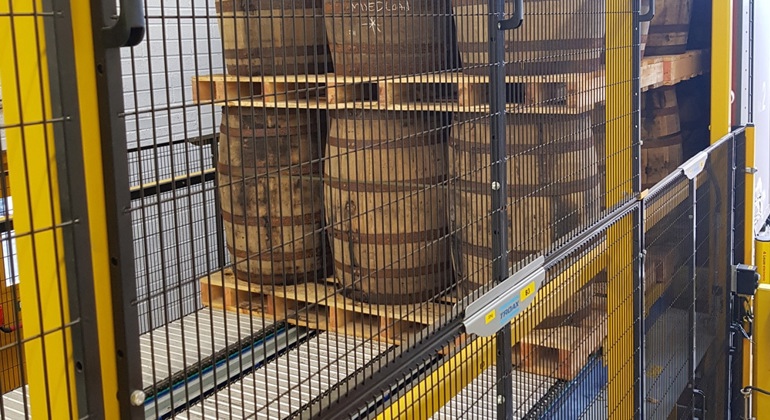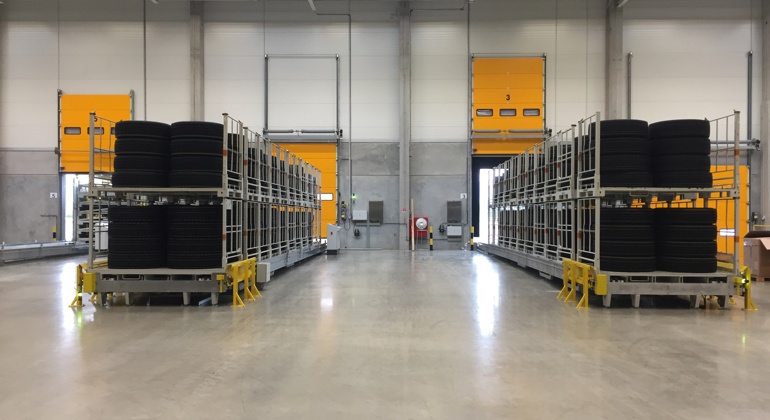Logistics is a fast-moving industry, and long driver dwell times (the total time a driver spends at a facility) are not good news for any businesses, as common as they are. Excessive dwell times create bottlenecks when goods arrive at ports, can cost truck drivers money and, since the driver must still meet the delivery deadline, create a safety risk because the driver may feel under pressure to drive faster when they leave the warehouse, factory or another facility, or breach safety requirements, to get back on schedule.
Improving supply chain visibility is one way to solve the problem. Traditionally, warehouses have no real idea of when drivers will arrive, and drivers will often turn up too early or too late. Using scheduling and visibility software provides a way for warehouses to know when a driver will arrive, allowing them to run loading and unloading operations more smoothly and shorten dwell times. Below is a look at the issue of dwell times in more depth, looking at the causes, the impact long dwell times have on a warehouse and ways to reduce them. We’ll also discuss how our own automated loading solutions can cut dwell hours.
Book a FREE Loading Assessment
Learn how to make the loading process safer and more efficient with a no-obligation assessment...
BOOK NOW




